“Milano: quartiere che vai, Alumni che trovi” (Milan: Alumni in every neighbourhood). No, we haven’t gone mad: we just read this article by Urban File, which announces the winners of the second edition of the ‘Architecture and Urban Planning Award 2021’ for the city of Milan and we discovered that 7 of the 8 projects are by former Politecnico students. Not bad, eh?

Let's take a look at them: who knows, you’ve probably walked right past some of these without realising...
Our new Campus, inaugurated last June, wins in the category ‘Urban Furniture – Public Spaces – Cycle Paths – Green’.
The redevelopment of the architecture campus at the Politecnico is a project that comes from afar and that we start talking about in the spring of 2017 (the beginning of the story can be found on MAP #1) thanks to the idea donated by Renzo Piano to the Politecnico, later designed by another great Alumnus, Ottavio Di Blasi – ODB & Partners (his interview on MAP #7).
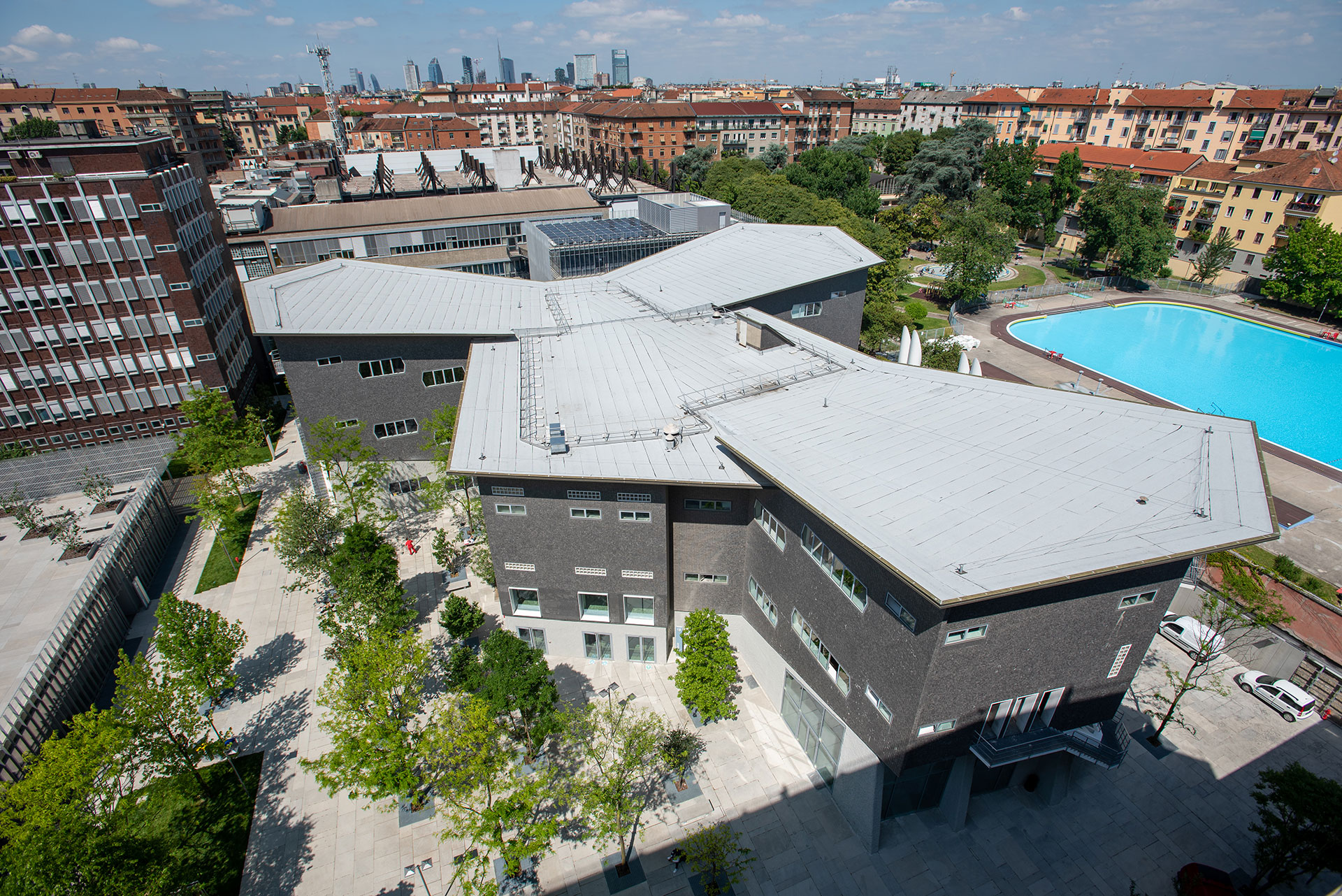

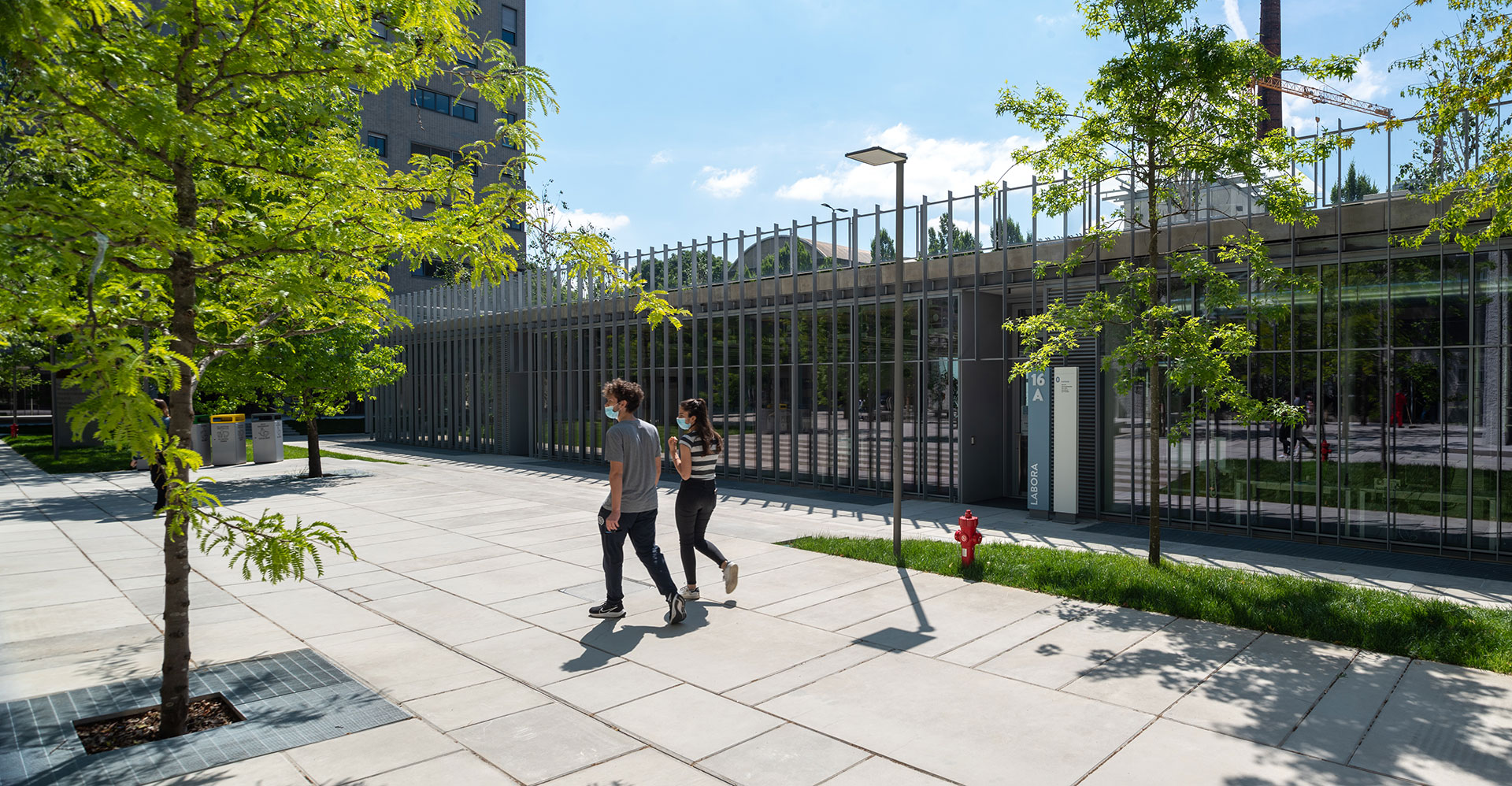
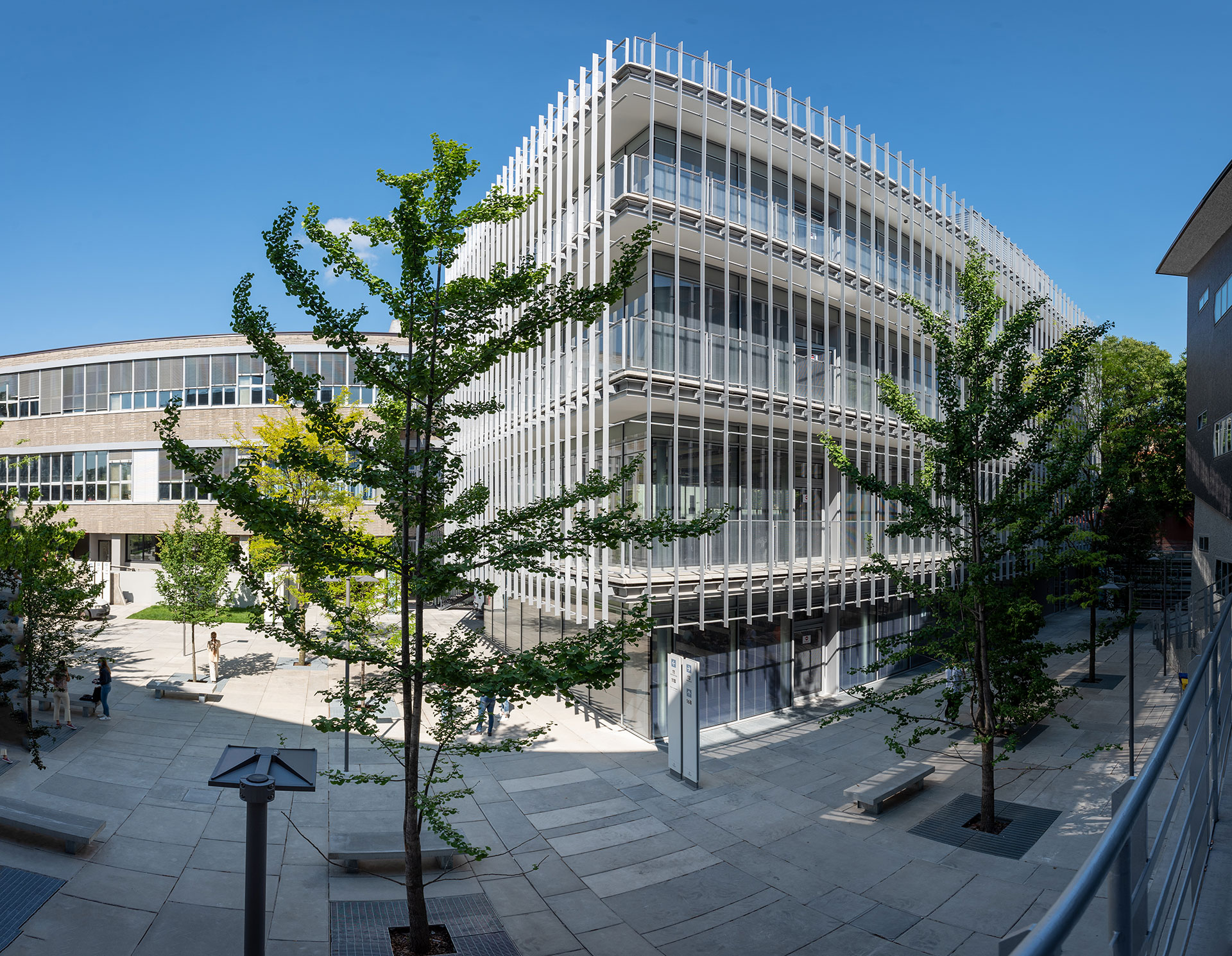


The two architects conceived and developed a radical reorganization of the spaces in via Bonardi, based on the philosophy that Piano defines as “mending”: indeed, “mending” and connecting are among the functions of the new Campus, conceived as a space open to the whole city, an urban park that connects Parco Ponzio with the green landscape of Piazza Leonardo da Vinci.
In the words of Urban File:
“The spaces previously used only as a through way and a service, with a lack of identity and barren appearance, have been transformed into a beautiful, liveable and above all green place.”
The Asti Architetti (architect firm owned by Alumnus Paolo Asti) in via Alserio 10 transformed the location into a sophisticated residential building renamed “Isola 10”.


“The sinuous curves of the large balconies designed by Asti Architetti, the synthetic wood cladding, have given a much more sophisticated image to this unusually shaped building, originally built [in 1970] as the headquarters of the Reader's Digest.”
In terms of the redevelopment of existing office buildings, Urban File believes that the most interesting project carried out in 2021 is the Vetra Building, , in Piazza Vetra 17.
The building was originally built in the early 1960s designed by Ferdinando Reggiori to create a new headquarters for the Milan Tax Service in a neighbourhood that was set to be resurrected following the devastation of the Second World War. Over time, however, the area became increasingly degraded, until the park was fenced off in the 1990s to allow it to be closed during the hours in which there was no guaranteed surveillance, while the entire area in front of the building next to the park became a dodgy place of petty crime.

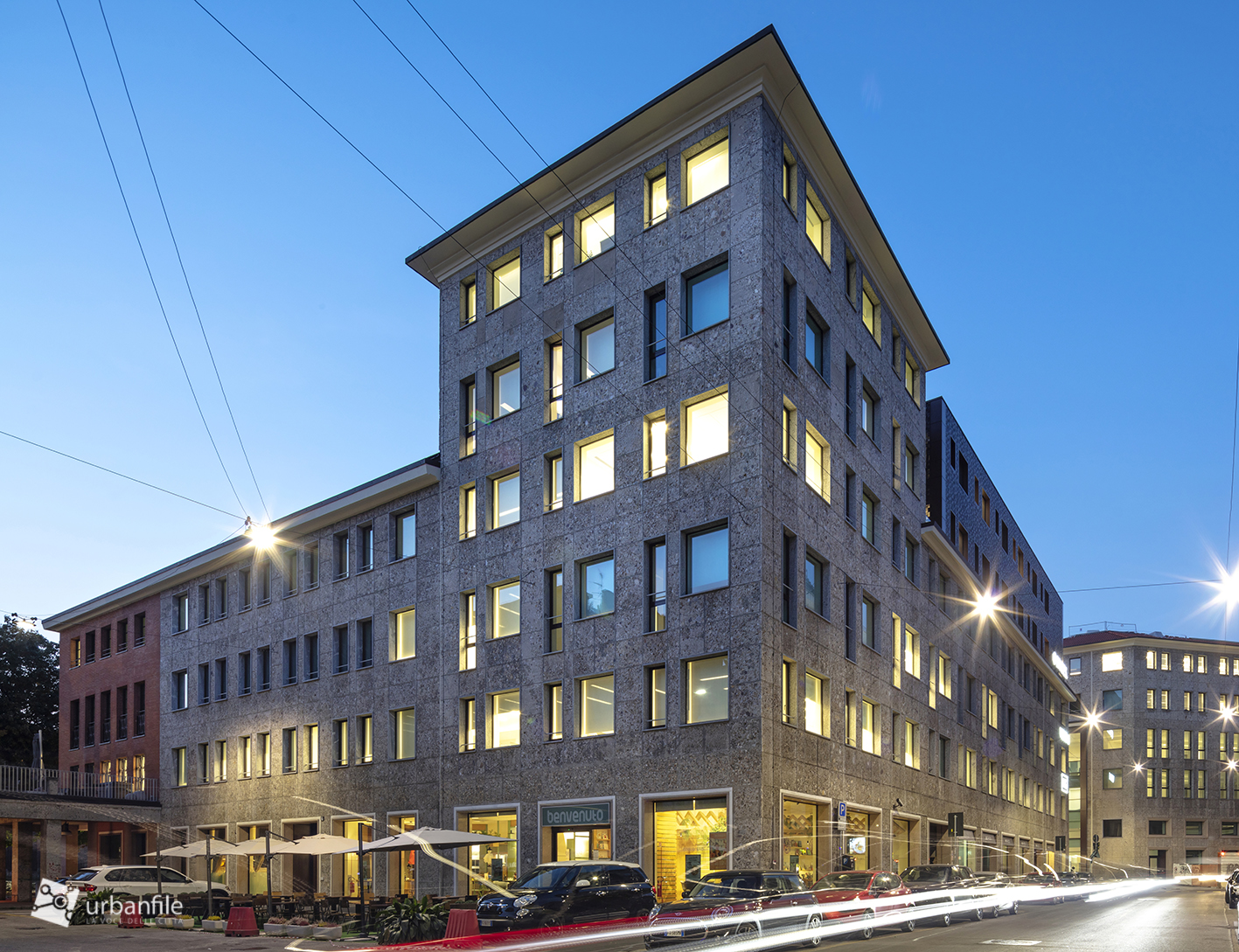
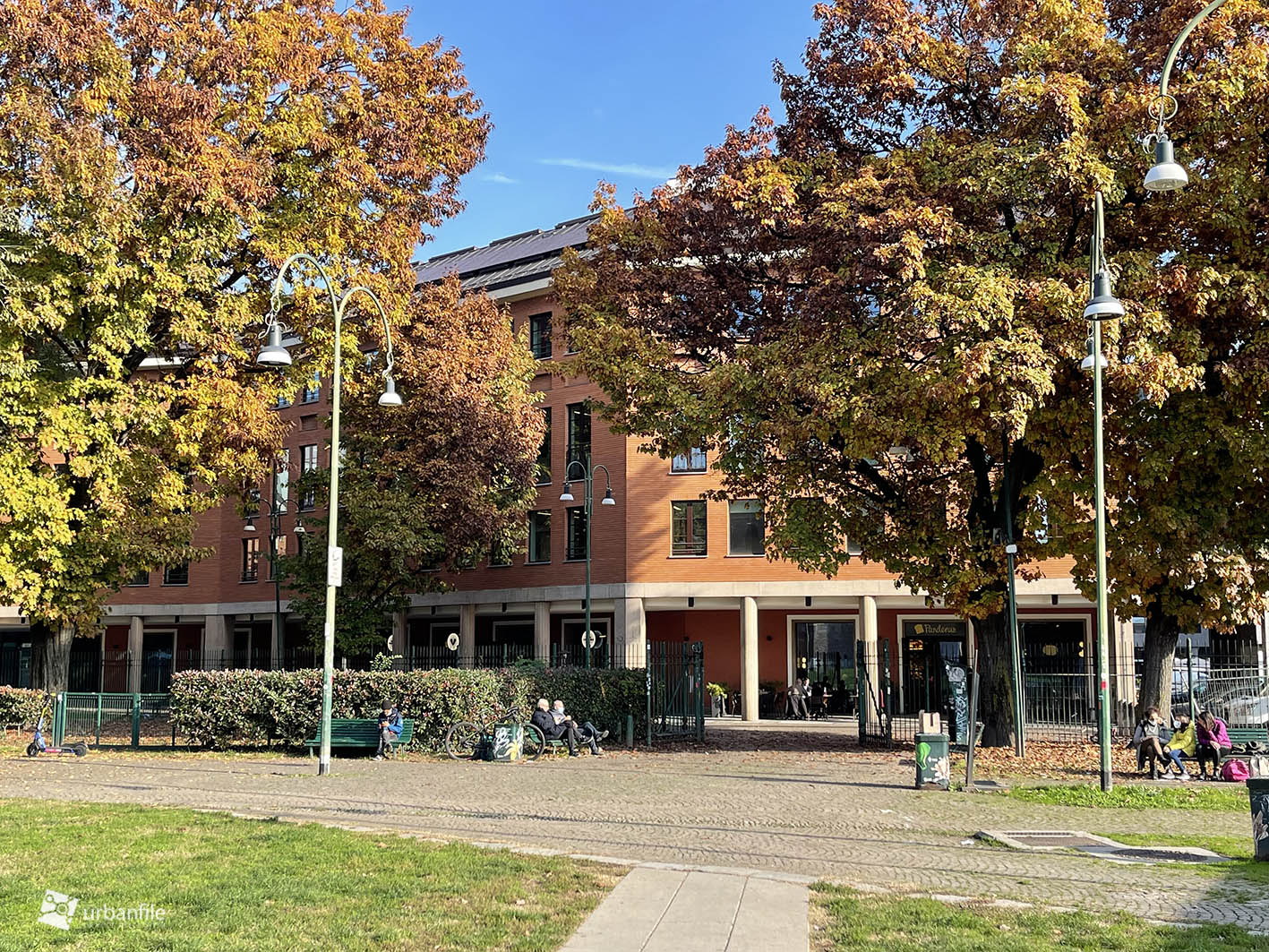
The project by the international architecture and design company Il Prisma and Artelia – whose leading partners include the Alumnus and construction engineer Carlo Carone – regenerated the public space through the redevelopment of the building, to restore a new dialogue with the city, also through architecture and art, reviving even the arcades abandoned to their fate in the past, opening up a passage through the middle that unites two sides of the neighbourhood, including a spectacular work of art by Patrick Tuttofuoco."
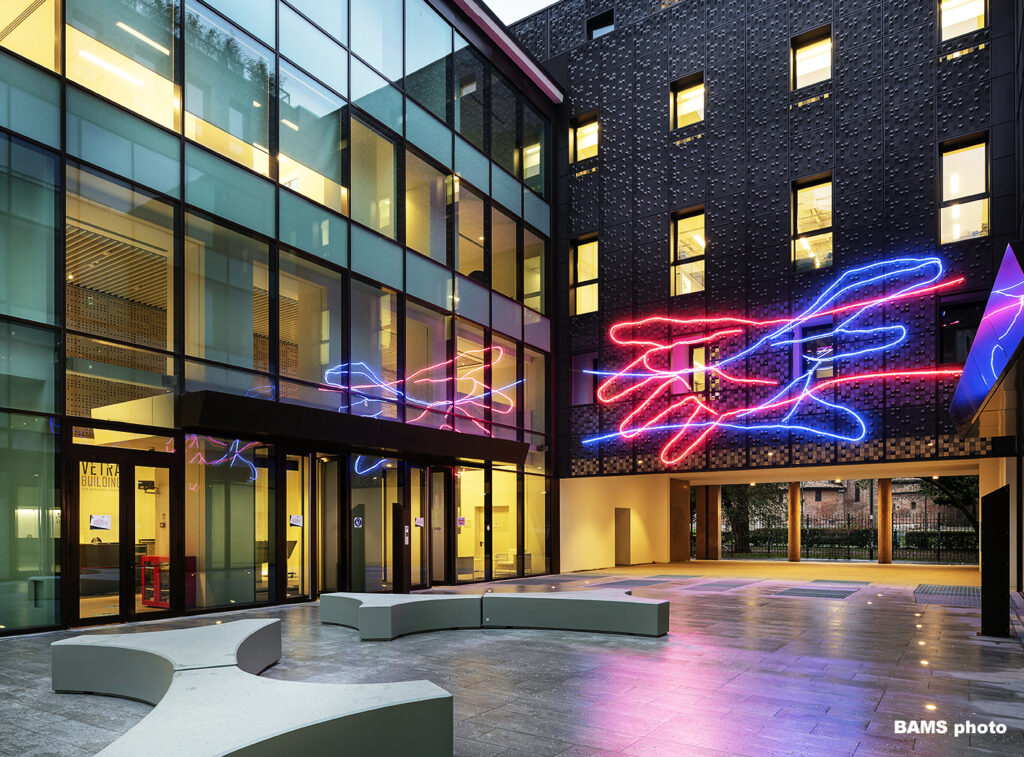
Calzoni Architetti, firm owned by Sonia Calzoni , Alumna and professor at the Politecnico School of Design, designed Casa Borio, a small and elegant building in via Monte Rosa 66.
With a 1960s style and simple and effective lines, the building has large balconies overlooking the small garden to the south, in amber shades that offer warmth and reassurance.
There is an interesting “differentiation of facades: more urban overlooking public streets and more open, with large glass windows, continuous balconies and facades covered with recomposed wood to interact with and belong to the garden below.”
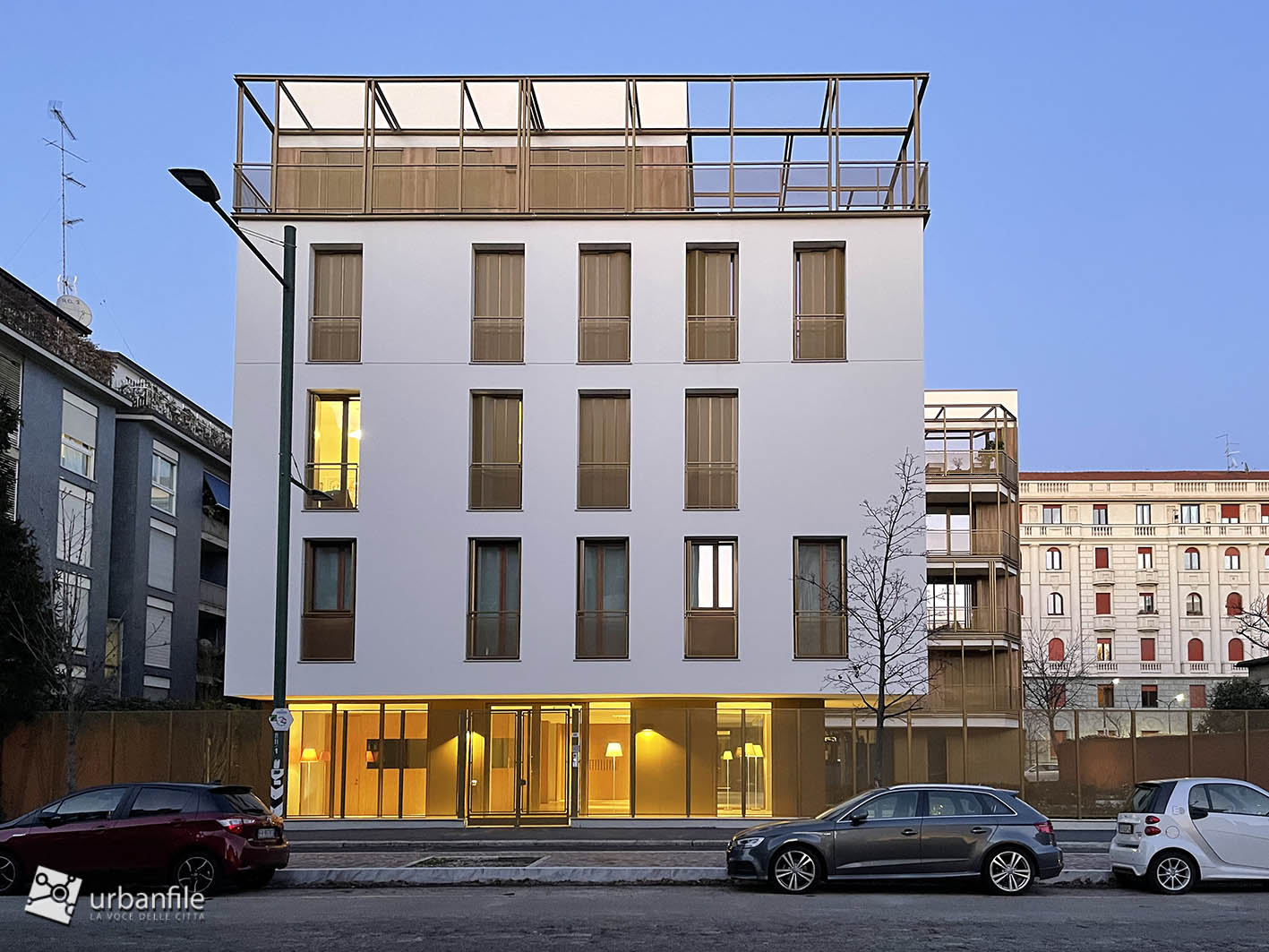

Progetto CMR led by the Alumnus Massimo Roj designed the office complex “The Sign”, which wins the category ‘New office building’.
This build “ solved and revived an otherwise depressed area of Milan, creating a pleasant working space and a square, Piazza Fernanda Pivano, perfect for taking a stroll and relaxing during work breaks.”
The complex includes two office buildings of 9 and 11 floorsa production building of 3 floors and a large pedestrian and public square covering a total of 20,400 m2.
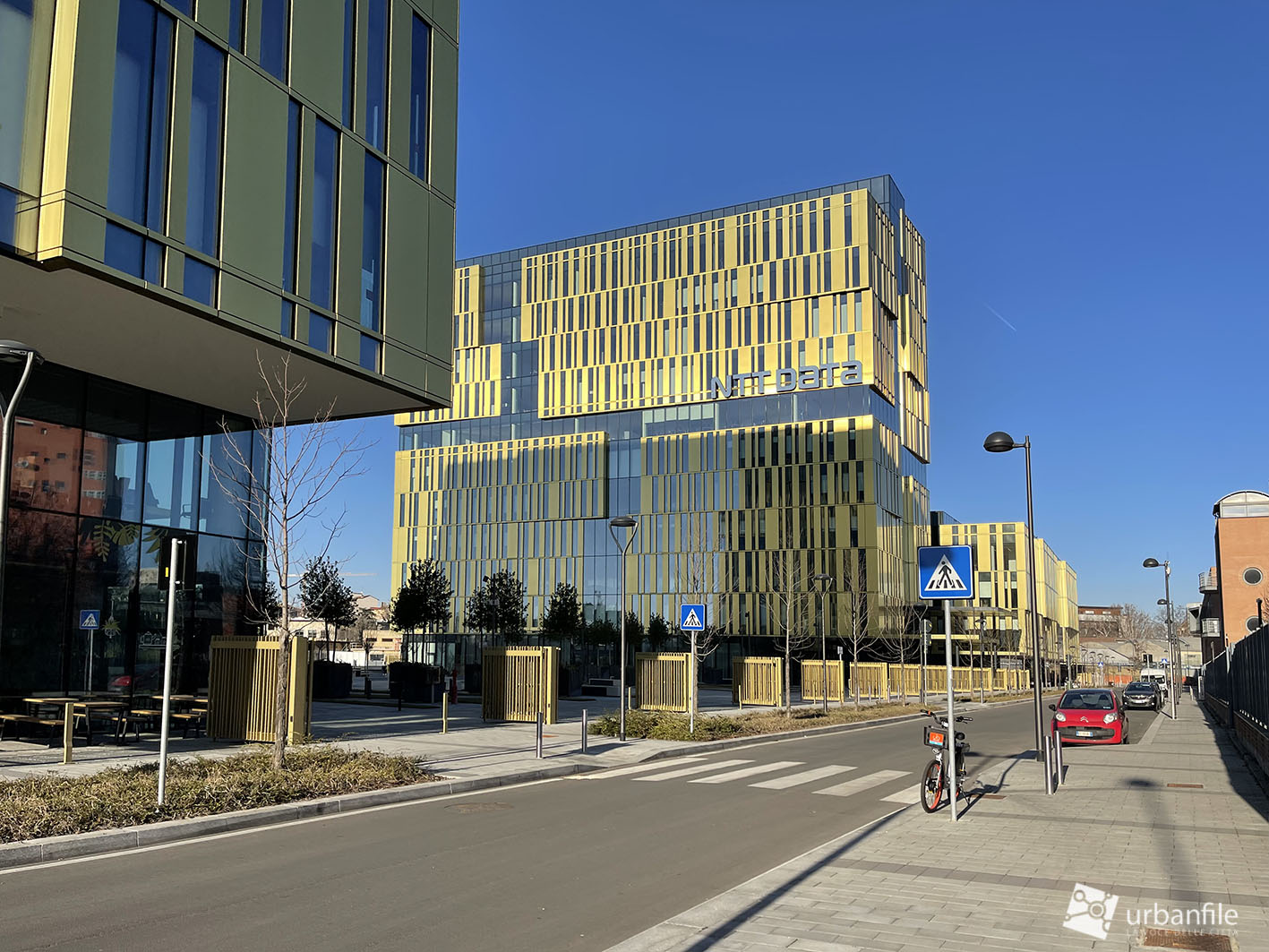
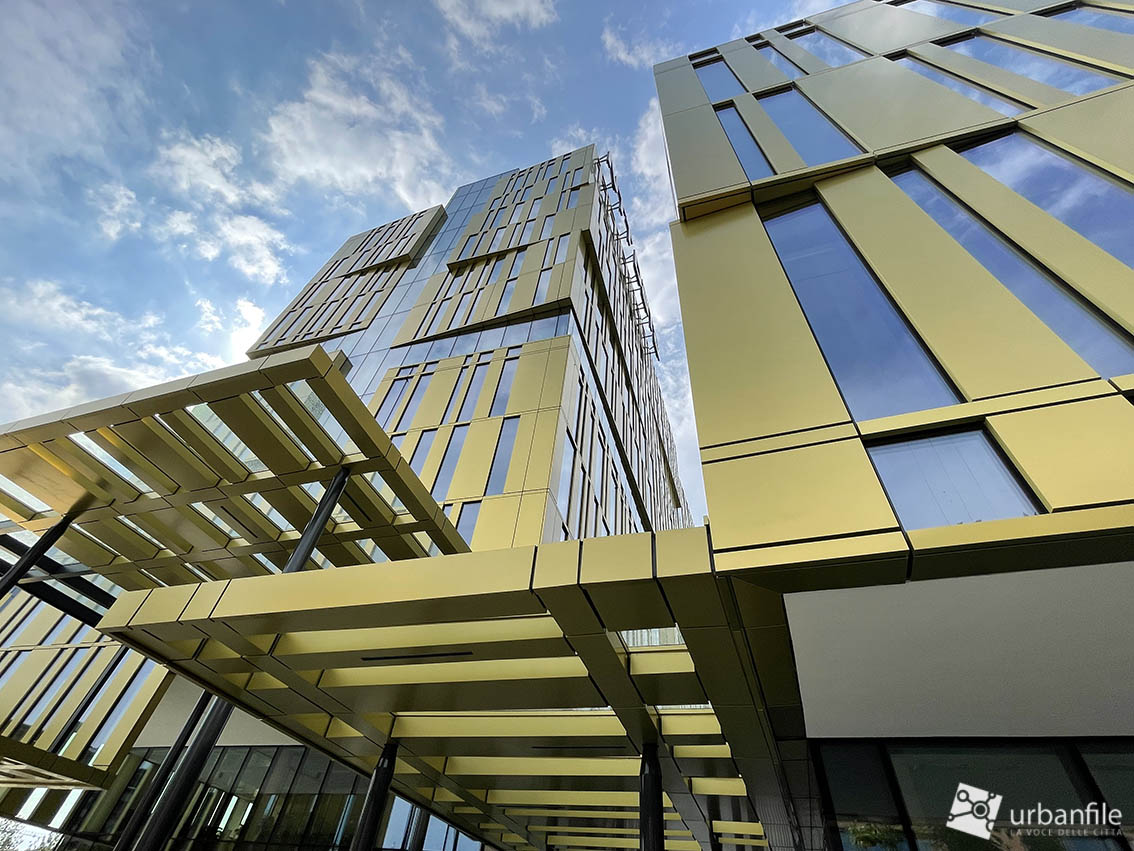
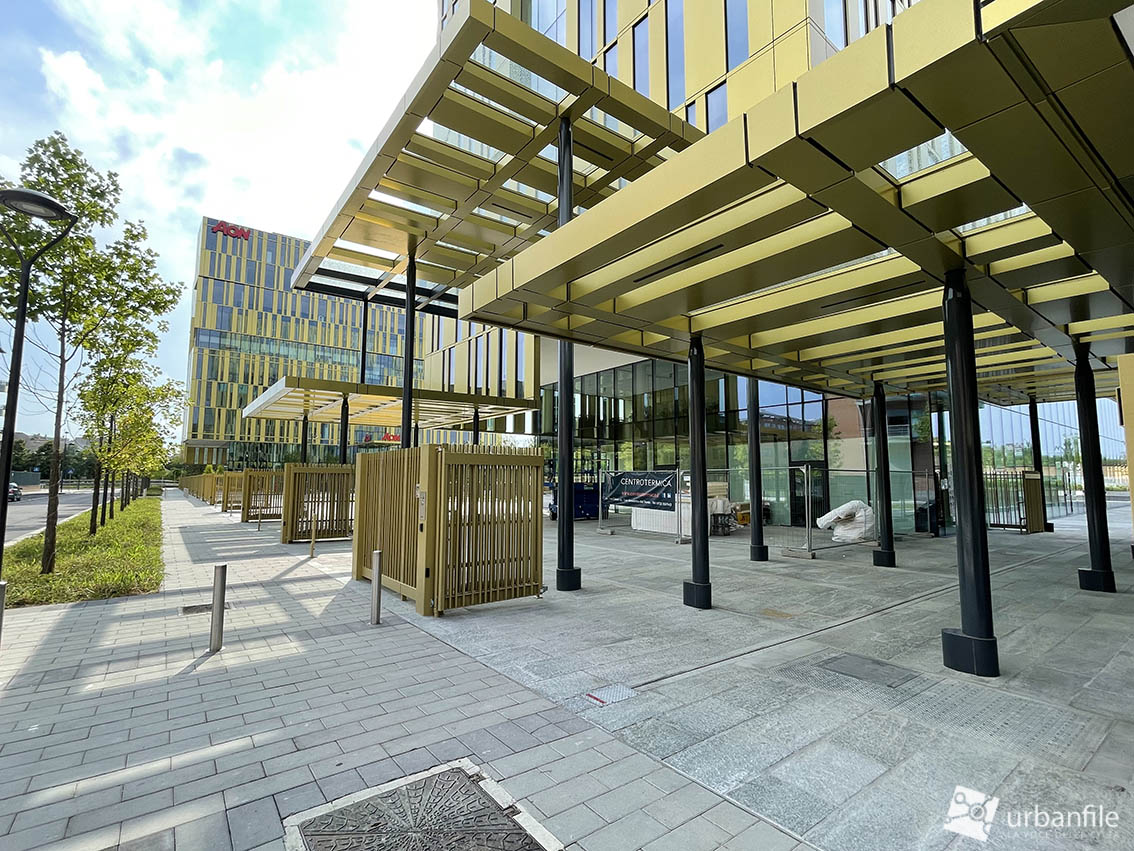
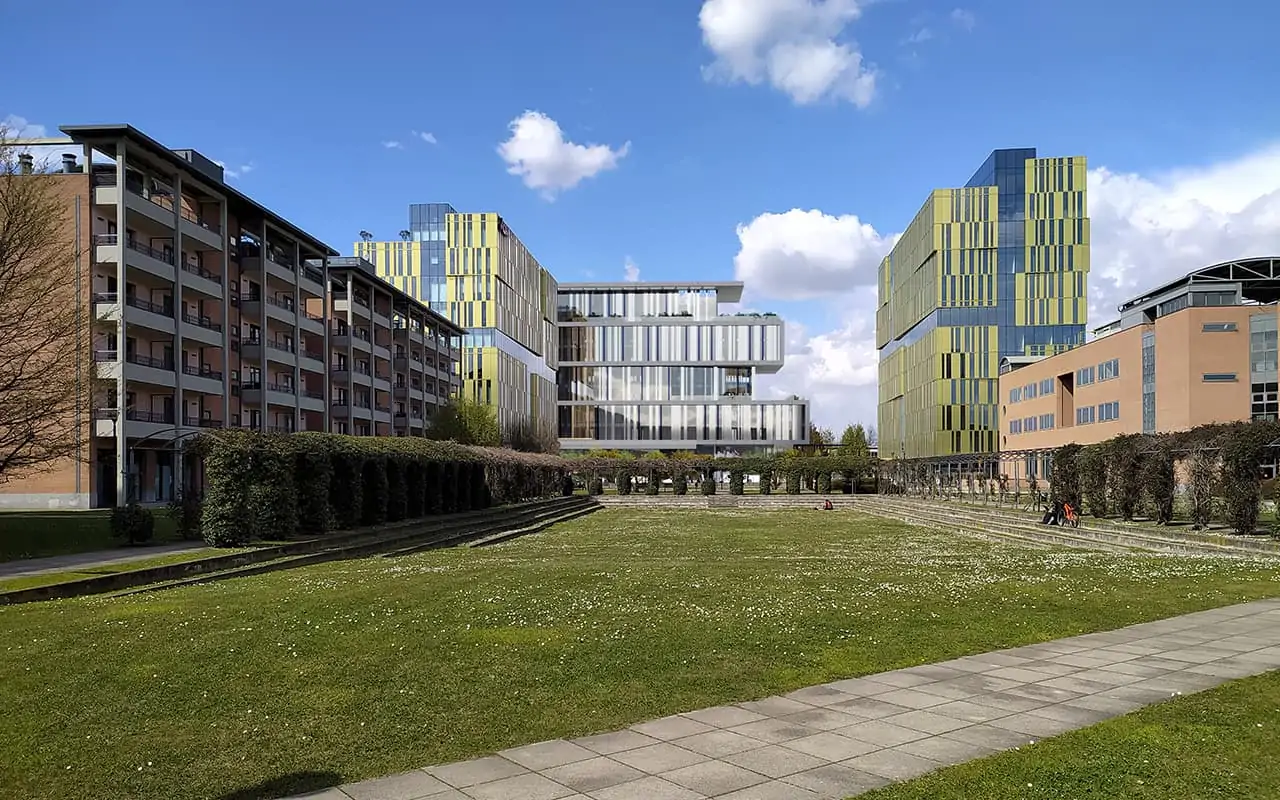
Behind the new primary school in Via Viscontini in Milan is Tecnicaer Engineering, led by architect and Alumna Margherita Carabillò.
This shared and participatory project engaged teachers, parents, school collaborators and children.
“The school building is state-of-the-art with low environmental impact and high energy efficiency, including photovoltaic panels on the roof. The building was designed to ensure optimal acoustic performance and ensure high-quality natural internal lighting.”
The school complex, called “the school of colours”, can accommodate 600 children and is equipped with a gym, auditorium and library accessible even outside school hours. The main building has 20 classrooms and 8 laboratories.
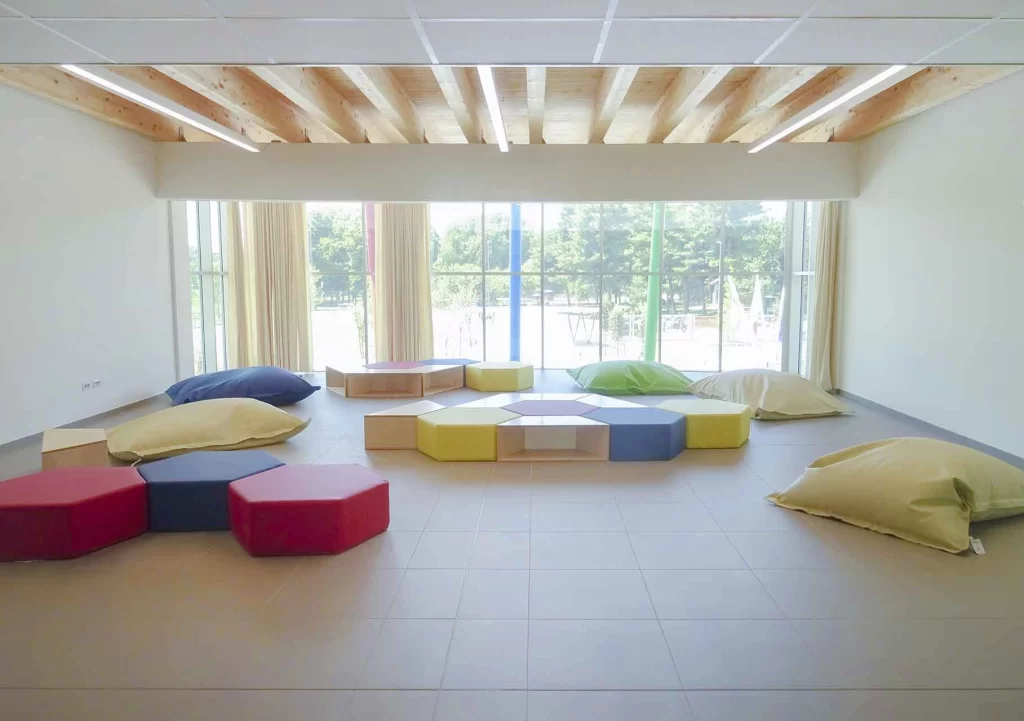
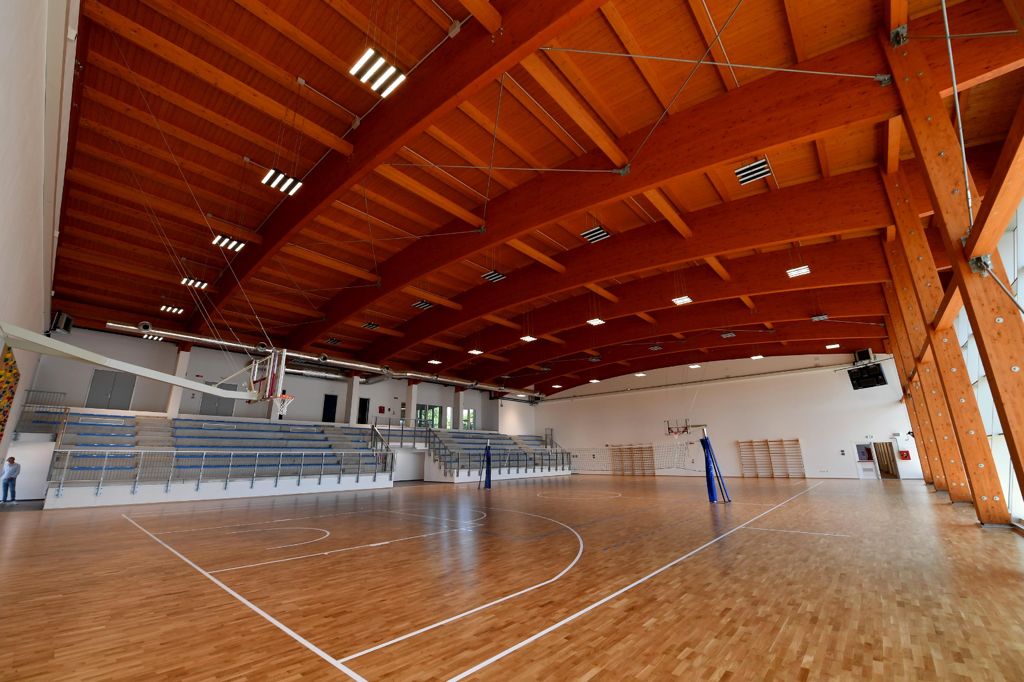
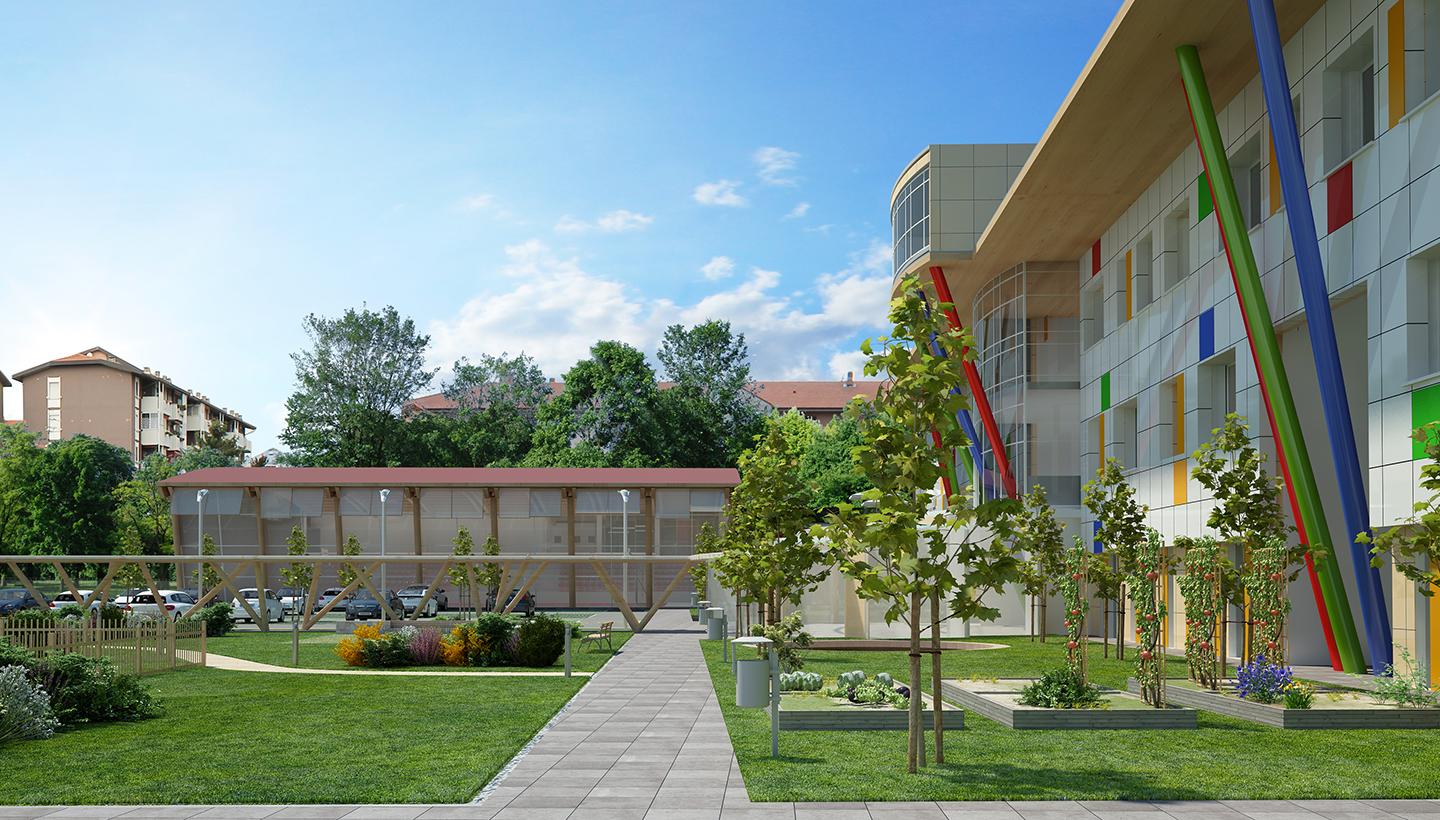
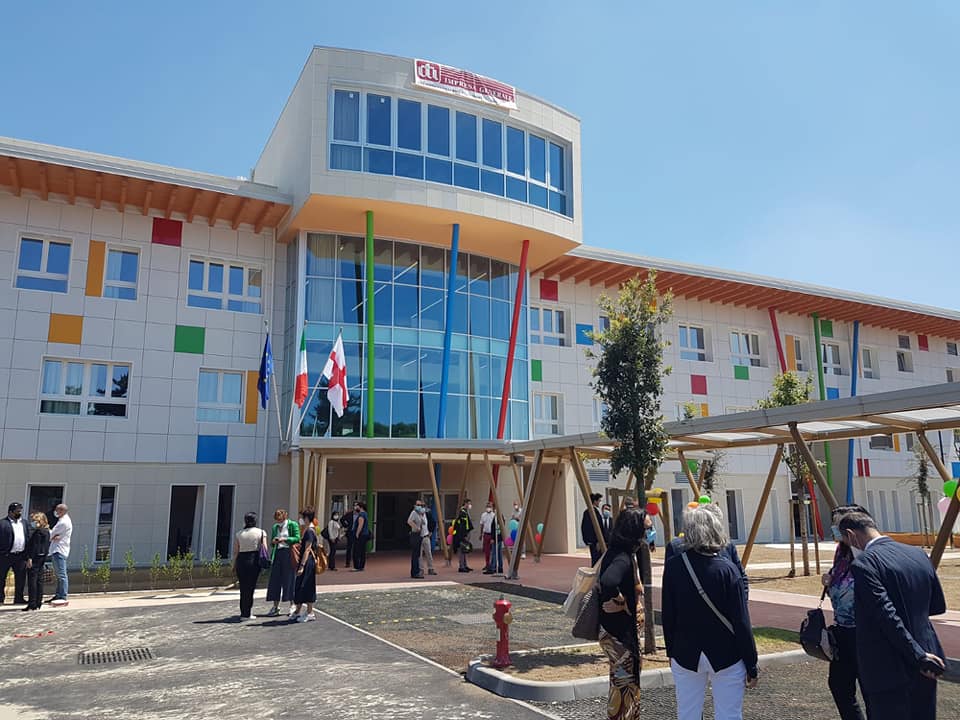
The project by the Alumnus Pasquale Francesco Mariani Orlandi, reopened the doors of the opera house after more than twenty years of inactivity.
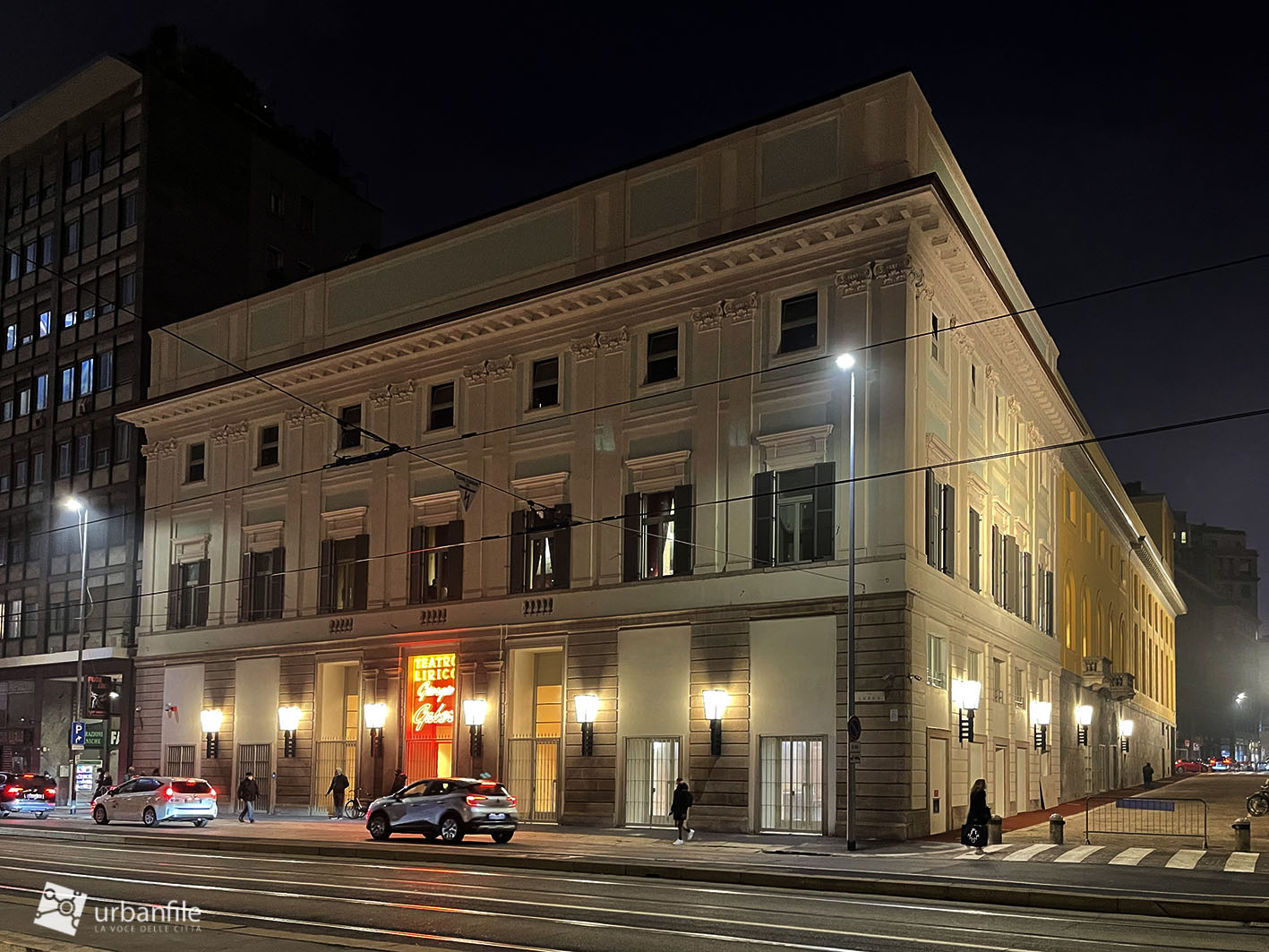

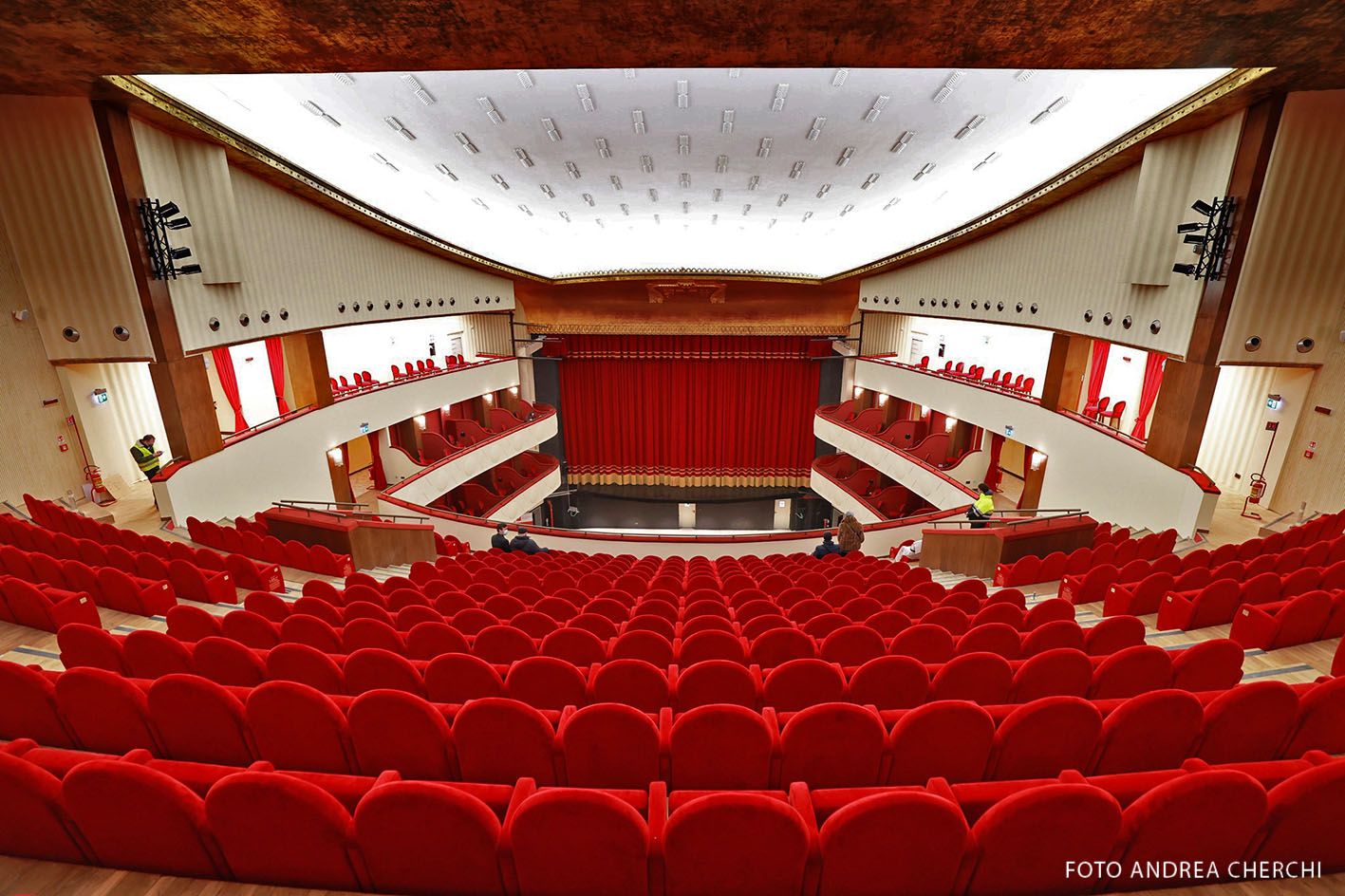

“Originally the Teatro della Cannobiana, built in 1779, one year after La Scala, the newly renovated opera house, costing €16 million, now seats 1,517 – 798 in the stalls, 505 in the gallery, 120 and 36 respectively in the first and second balconies. It also has a restaurant overlooking the stage, a 100-seat multimedia room in the foyer on the first floor and other side rooms. There are new dressing rooms and also a rehearsal room with a view of the Duomo. A people's theatre, - as described by the director Matteo Forte -, “destined to significantly enrich the city's cultural offering.”
Credits header: canva.com